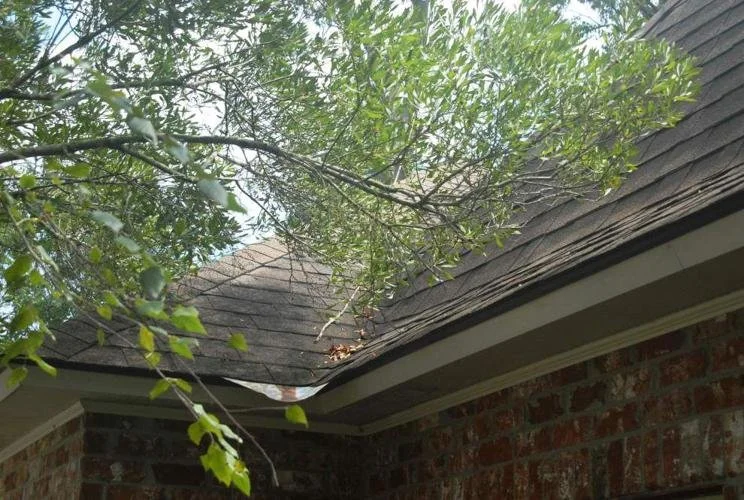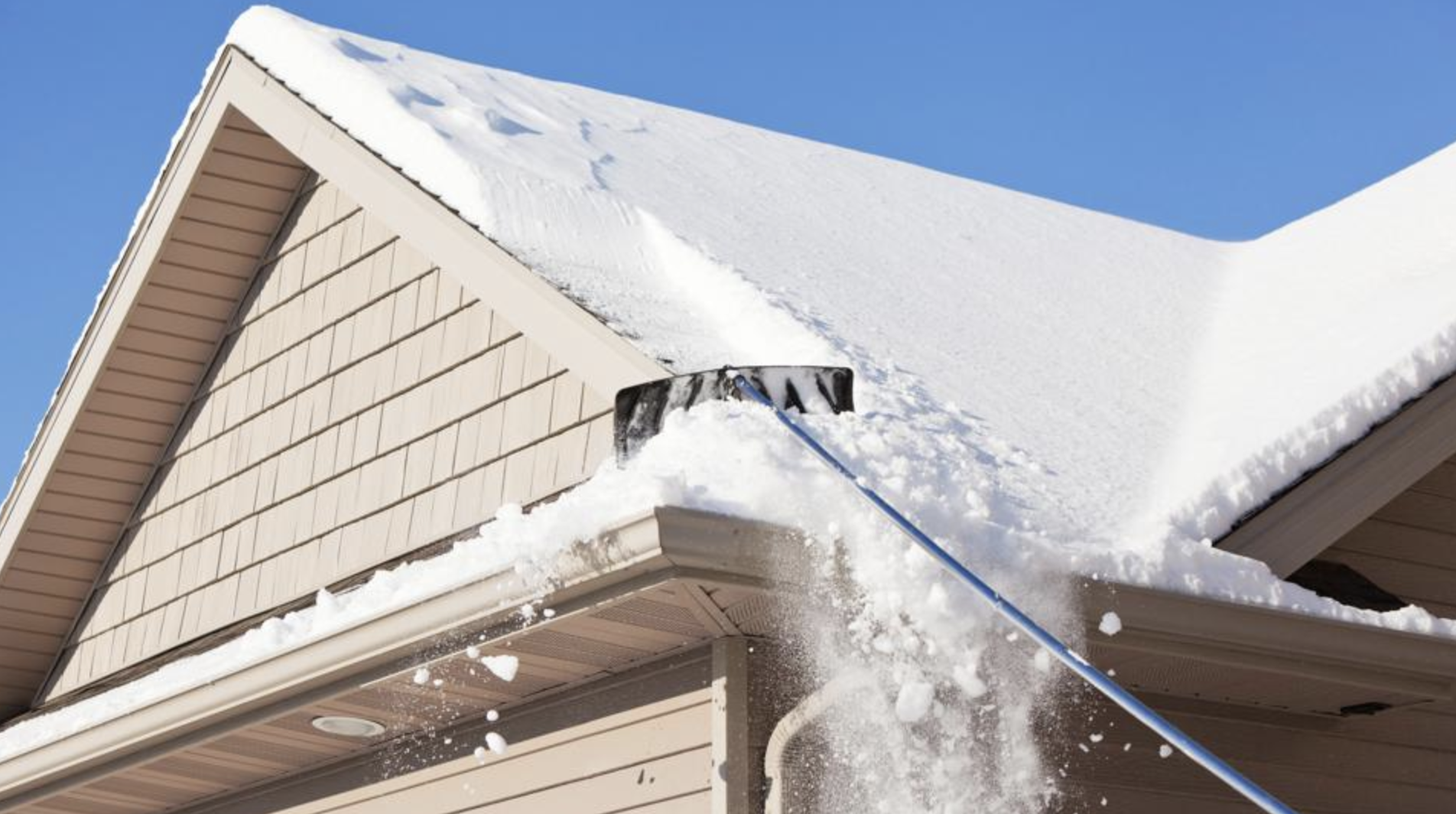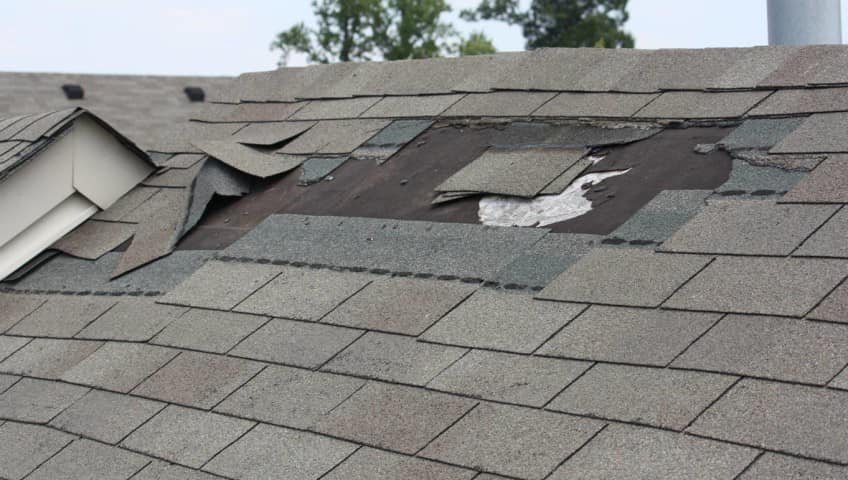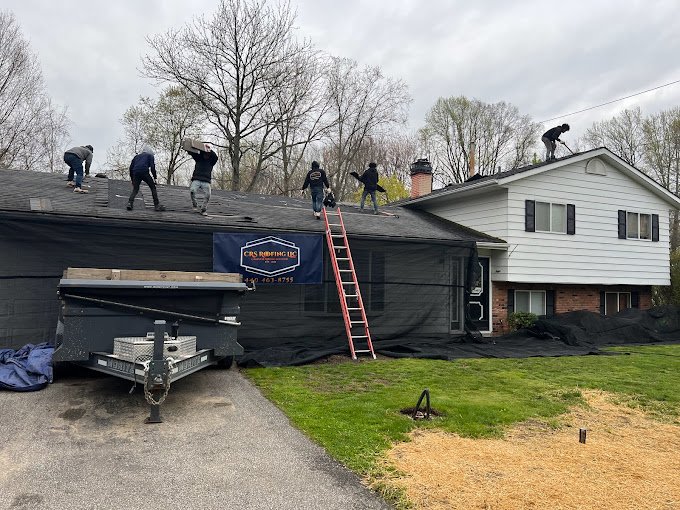How to Keep Your Roof in Good Shape
Roofs typically last 25 years or so depending on the weather. During those years, though, certain situations may arise that will cause your roof to be repaired, such as hail or wind damage, moss growth, rusted flashing, and more. If left untreated for an extended period of time, those issues will result in a premature roof replacement. In order to get the most life out of your roof, make sure to follow these 6 steps to make sure your roof’s maximum longevity is reached.
Trimming Tree Branches
By trimming the tree branches of trees surrounding your house or cutting big branches that are over your house you can eliminate the threat of them falling onto your roof during a big storm. Not only can fallen tree branches cause cracks in the shingles (which can lead to leaks), they could break a big hole in your roof which is very dangerous, especially if someone resides in the attic! In order to save on repairs later down the line, taking a few hours to make sure those branches are trimmed can be very helpful.
2. Cleaning the Gutters
Getting up on the roof and cleaning the gutters is a chore we’re sure you’d rather avoid, but in the case of roof maintenance (and keeping your curb appeal at it’s finest) it is very rewarding work. If left clogged and full of leaves and debris, your gutters won’t be able to properly drain water. The water can then cause damages to your roof by seeping into it, and it also supports the growth of moss and algae on your roof. While cleaning your gutters, make sure to note if there is a lot of shingle debris in them, because if so that might be a sign of deterioration of your shingles which means you might need a roof replacement! Check out our blog post about signs you might need a new roof here.
3. Controlling Moss/Algae Growth
While moss and algae growth on a roof might not seem super serious issue and more like a cosmetic issue, it is important to make sure you take preventative measures against the growth of it and get it cleaned off when it does grow. You can help prevent moss growth by keeping the gutters clean, keeping your roof clear of debris, and by getting zinc strips installed onto the top of your roof. When it rains, the zinc will run down your roof onto the other shingles which helps keep moss at bay.
4. Removing Snow
While snow is pretty and fun to play in, it can cause problems for roofs. Not only is it extremely heavy when it builds up, but when it melts it leaves puddles of water that can seep into your roof if you have any cracks in the shingles or missing/loose flashing. Removing the snow with a snow rake can lessen snow build up which in turn can help cease water absorption, leaks, or a possible roof cave in.
5. Checking for Damaged Shingles & Leaks
Shingles are one of the most important things that protect your roof. Make sure to keep an eye on your shingles and verify that there are no large cracks, broken shingles, or missing shingles. If your roof has any of these, then make sure to get the shingles replaced as soon as possible because by leaving them you risk a storm causing further damage. Also check for any signs of leaks on your ceilings and in the attic. If you notice mold growing in the attic or stains from leaks, that is a sign that you will likely need to get a repair done.
6. Investing in Roof Maintenance Inspections
By getting a roofing contractor to come out and do regular roof maintenance checks, you can help save a lot of money down the line. While you could check everything out yourself using this guide we provided, it is still a good idea to get it professionally checked every few years to make sure nothing got accidentally skipped over. It is also a good way to be sure there are no urgent repairs that need to be done.





